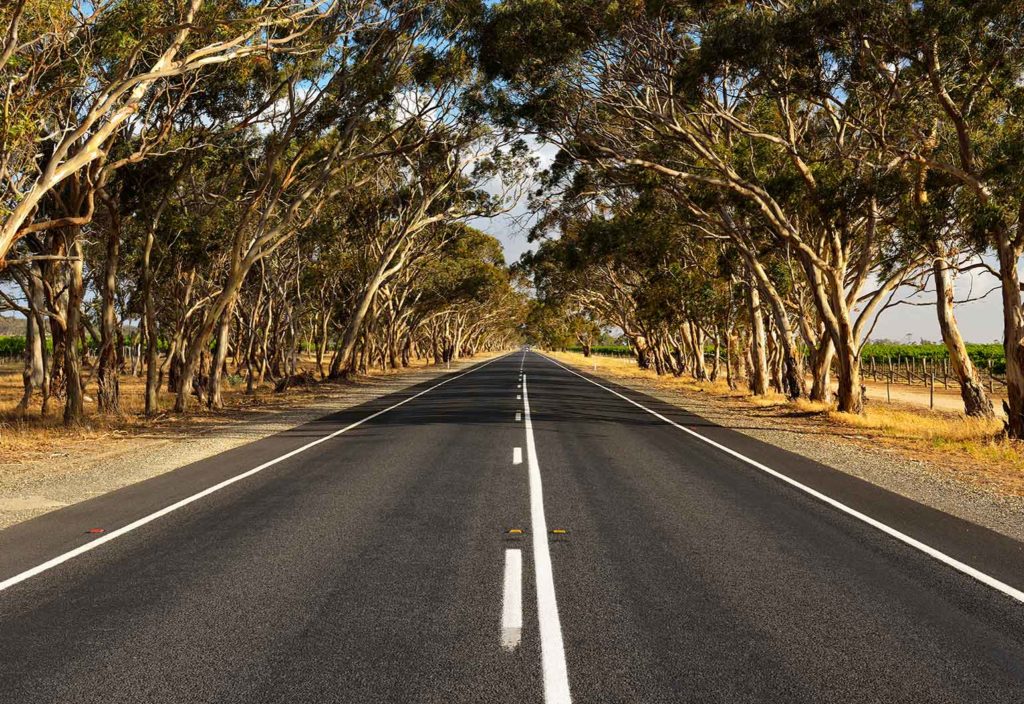By 2025, it’s predicted that most new vehicles will be equipped with systems that can read traffic lines and signs.
It seems we’re getting closer and closer to the futuristic world of the Jetsons. But while vehicle automation technology is forging ahead in leaps and bounds, are our roads ready for automated vehicles?
Austroads recently released a series of five reports that examines the readiness of Australian and New Zealand highways and freeways to support active safety systems and automated driving.
As part of the study, a field audit of a 25,000 km road network sample was conducted, including over 8 million individual line segments and 8000 signs.
Along with the audit, which, while extensive, represents only 2 per cent of the total road network, the findings were informed by an extensive review of literature covering local and international practice, as well as engagement with local and international industry stakeholders.
“We found that most freeways and highways of Australia and New Zealand can support Advanced Driver Assistance Systems (ADAS) such as lane-keeping assistance, particularly when there are high quality lines,” said John Wall, Program Manager, Future Vehicles and Technology, Austroads.
However, the study also found significant proportions of the road network were without edge lines, and that adding these would be immediately beneficial both to automated driving and human drivers.
Other recommendations included improving the contrast between edge lines and adjacent pavements, and revising electronic speed signs so they can be interpreted easily by machine vision systems.
Road asset standards were also addressed in the study, building on previous work by Austroads and other national and international agencies.
It was found that the main reason road agencies had not developed asset standards was due to lack of clear guidance, with costs being a secondary factor. As a result, the report provides guidance on thresholds for line marking width and reflectivity, as well as sign maintenance.
Emerging asset attribute and condition capture techniques were also investigated, including insight into how data capture from sensors in vehicles might supplement or potentially replace the asset condition information collected by road agencies.
“Achieving readiness for more highly automated driving will require a combination of smarter vehicles, changes to infrastructure, and improved infrastructure operations and maintenance practices,” Wall said.



